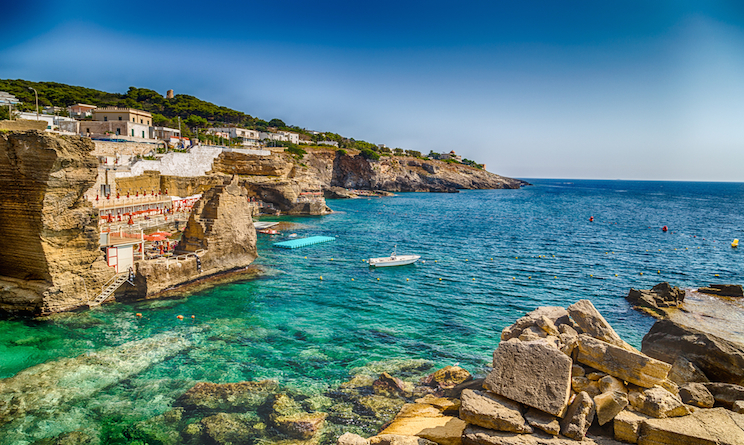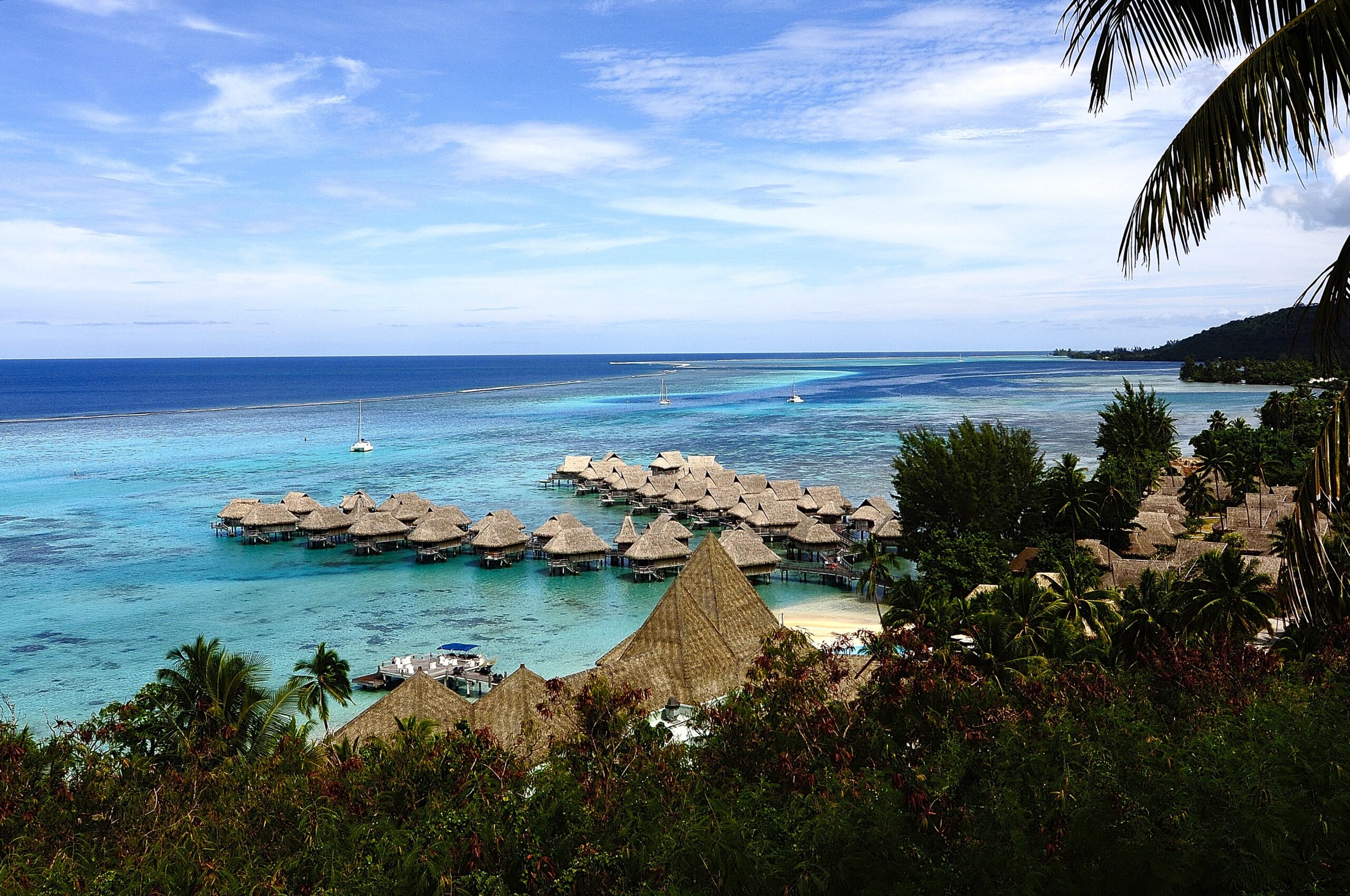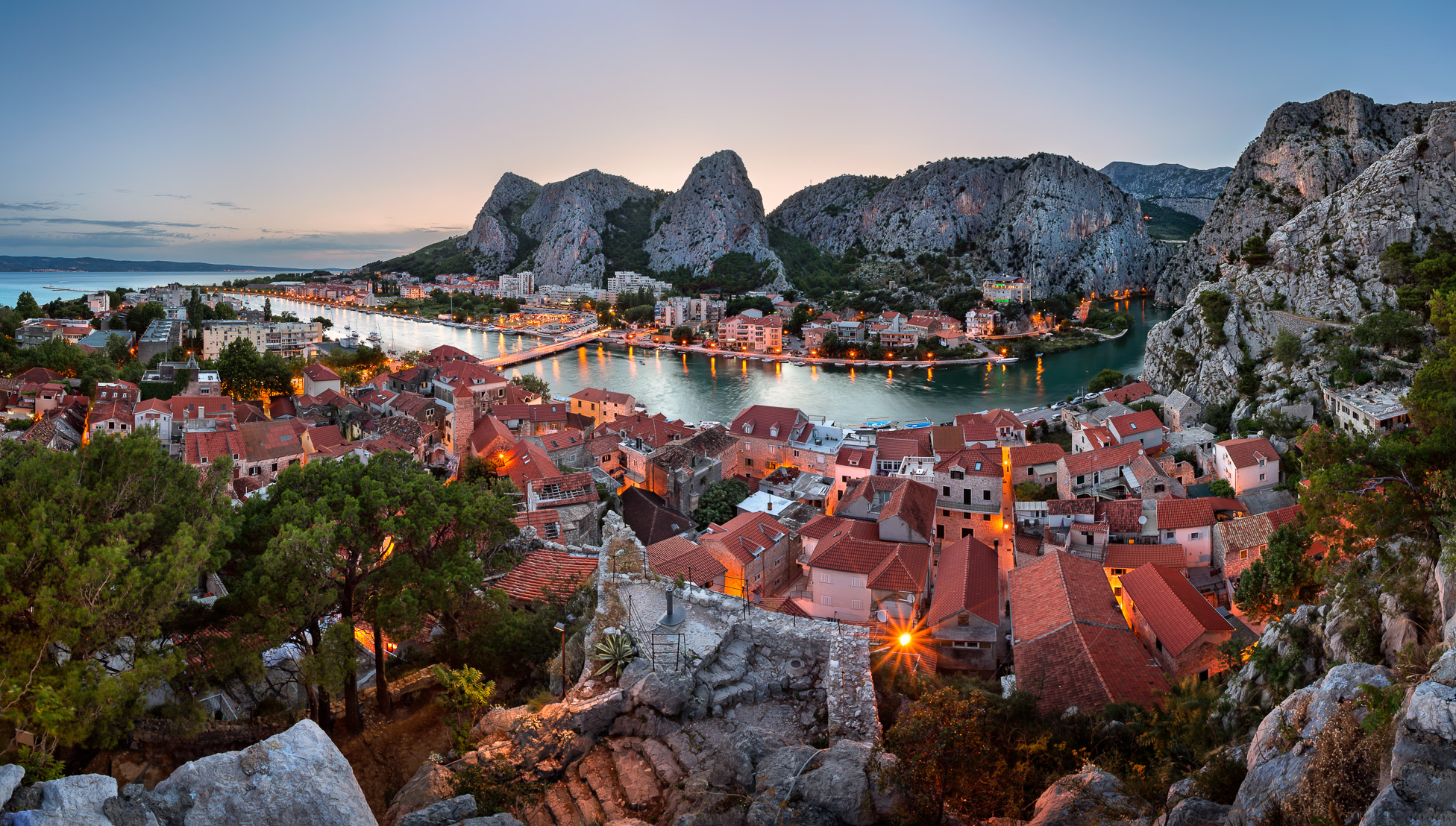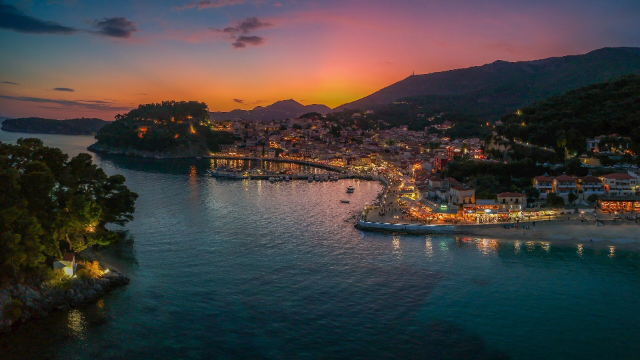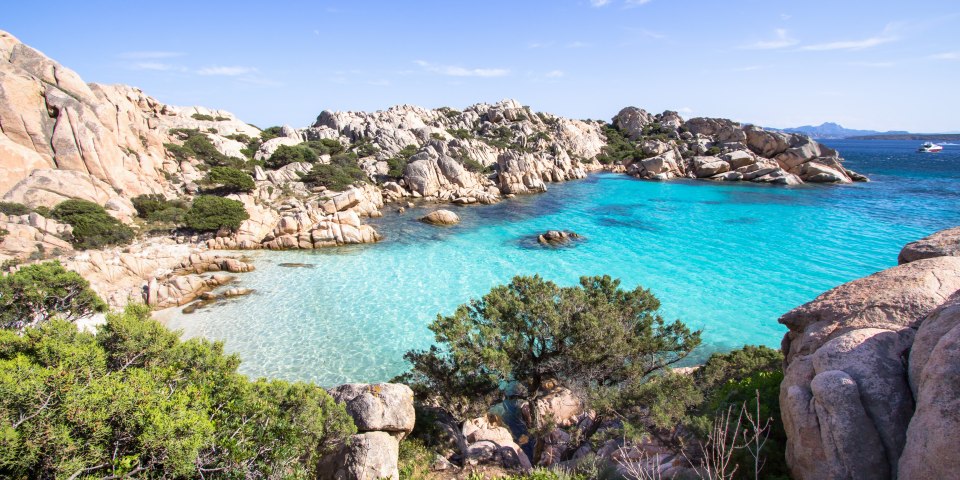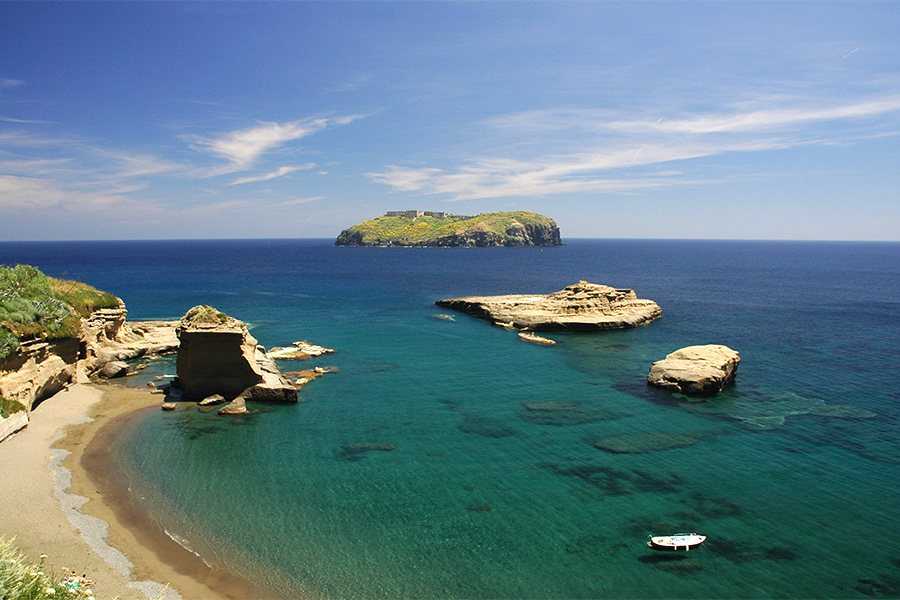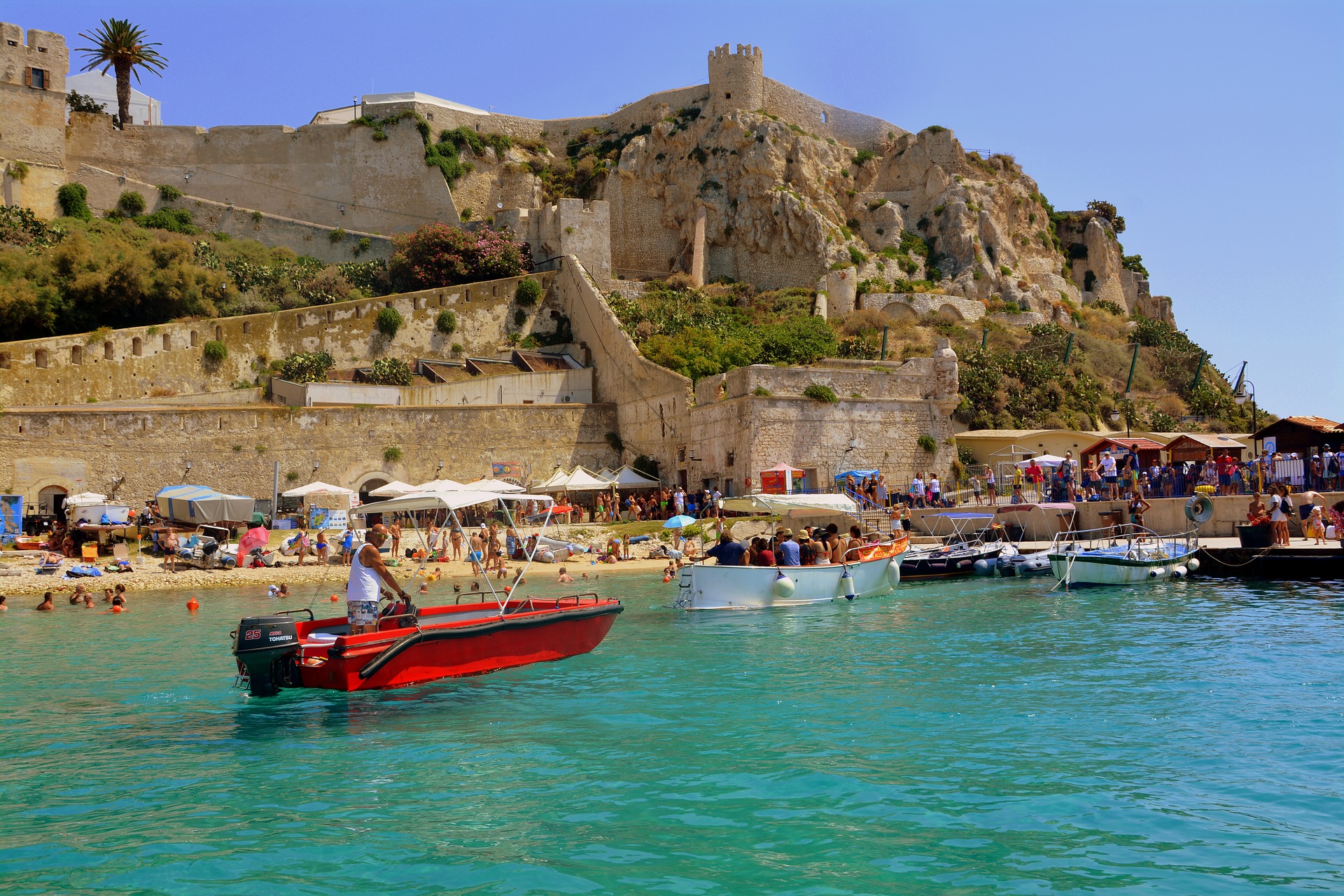Two countries in one. Divided by the South China Sea. On one side, peninsular Malaysia, and on the other, the States of Sabah and Sarawak, which occupy the northern side of the island of Borneo. In the peninsula are the capital Kuala Lumpur, Malacca and the endless tea plantations, while in the other, nature reigns supreme with primordial forests, national parks and rivers. Located halfway between India and China, Malaysia has always been a multiracial society in which different cultures and religions coexist. The political stability that the country has achieved in the last decades of its history has made Malaysia one of the most popular tourist destinations in Southeast Asia. The country’s greatest attraction is its tropical islands, bordered by long coral reefs, ideal for snorkelling. The flora and fauna, including marine life, are Guinness World Records. Just think that most of its territory is covered by one of the oldest rainforests in the world, dating back over 130 million years. Its vegetation, thanks to its climate and frequent rainfall, is truly lush and includes over 2000 types of tall trees and over 5500 plant varieties. As for animals, one cannot but remember the tiger, one of the symbols of Malaysia, and the black leopard. But to stop and explore peninsular Malaysia is a pity. In addition to Kuala Lumpur and the Malacca Peninsula, in fact, Eastern Malaysia, formed by the State of Sabah, is a paradise for scuba diving enthusiasts, while the State of Sarawak, entirely covered by an impenetrable jungle, is protected by the establishment of several national parks such as Kinabalu National Park and Bako National Park. The capital Kuala Lumpur is the largest city in Malaysia and was founded in 1857 at the confluence of two rivers: the Gombak and the Kelang.
